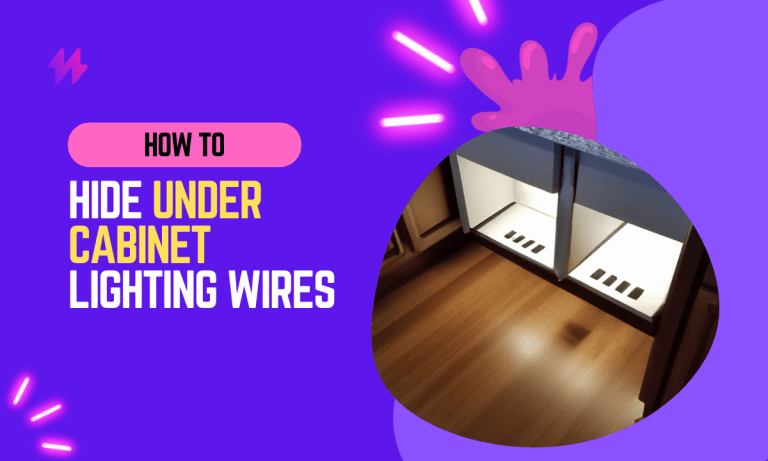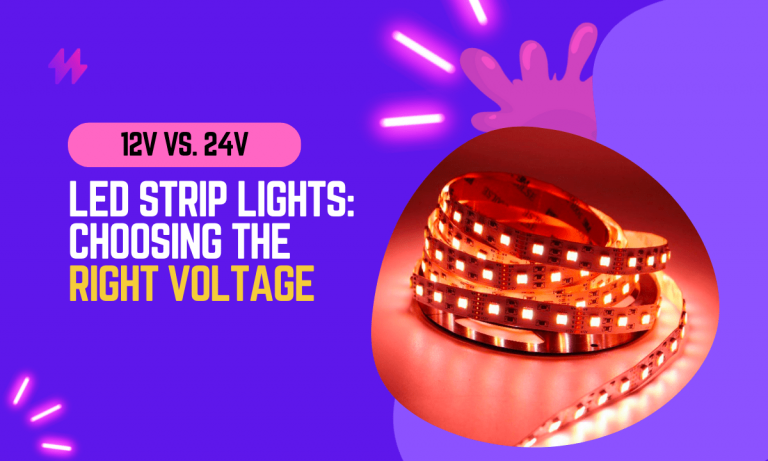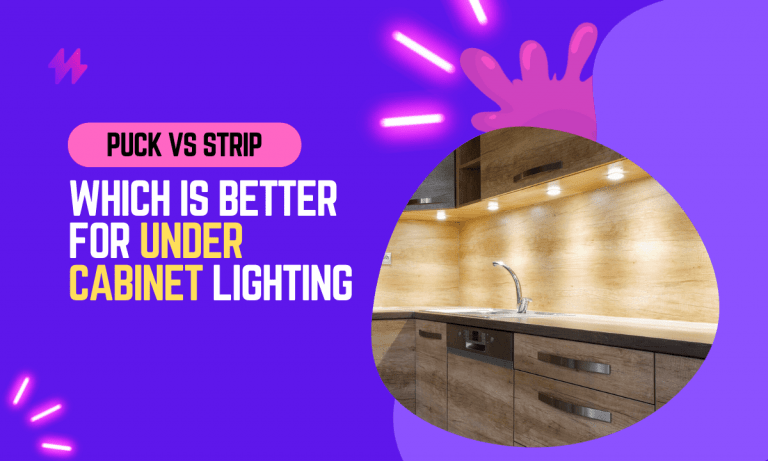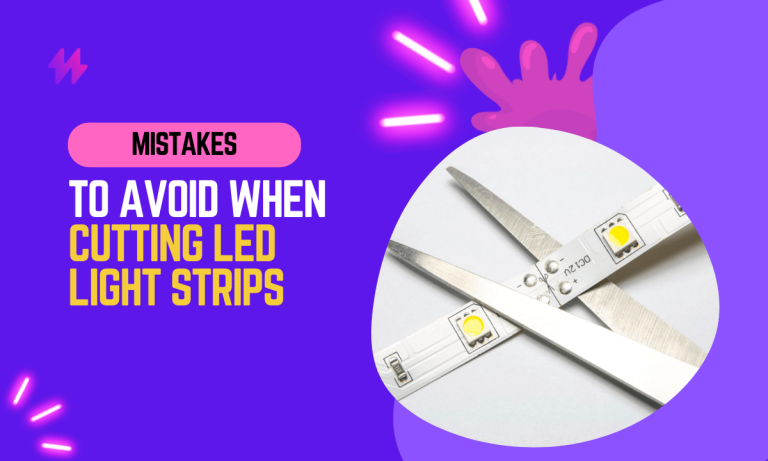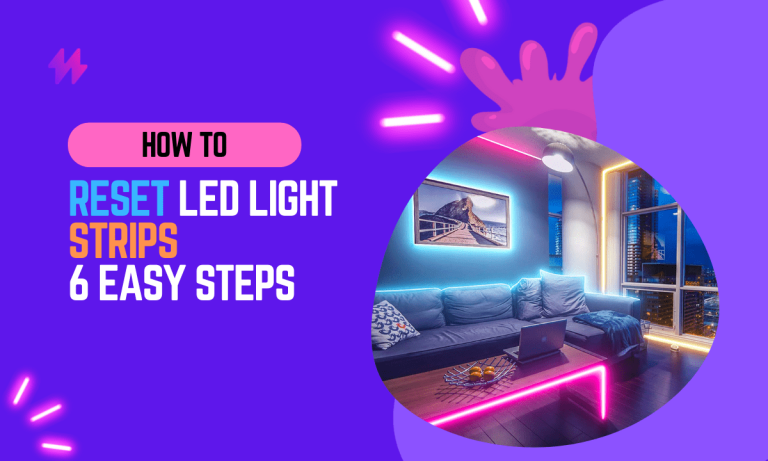Can You Use LED Strips to Grow Plants?
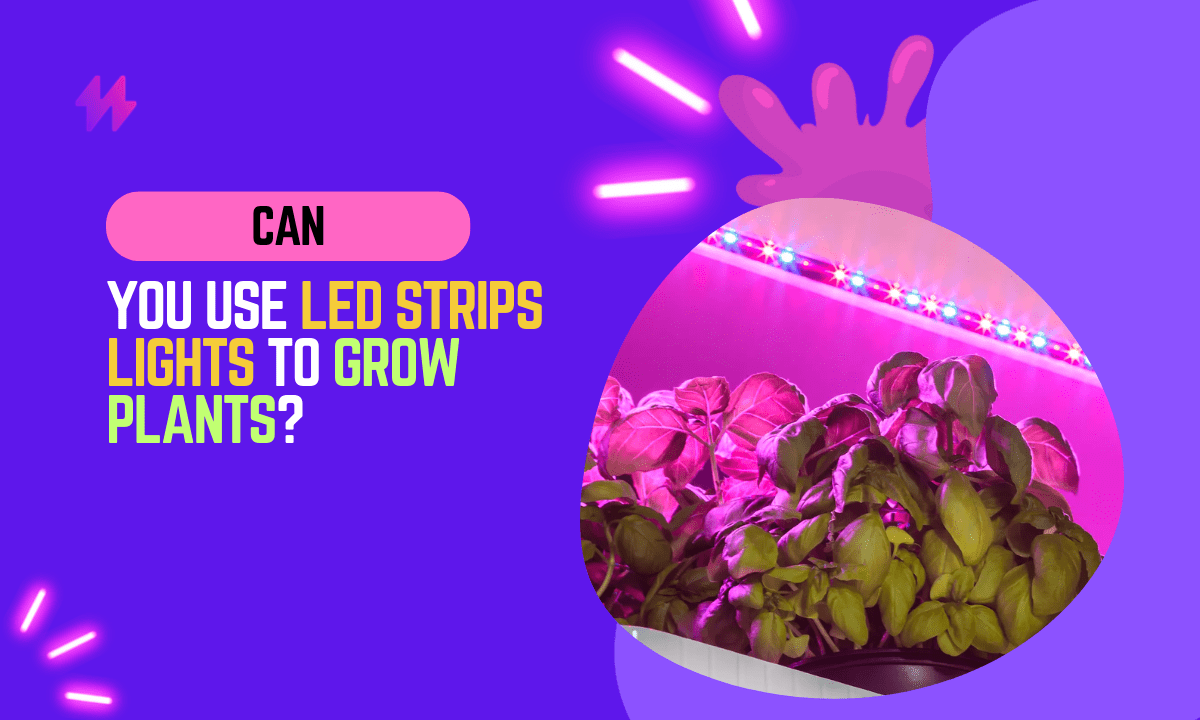
LED strips are a popular choice for lighting, but can they also be used to grow plants? In this article, I’ll explore the question of whether or not LED strips are a viable option for plant growth. I’ll also share my own experience using LED strips to grow plants, as well as some tips and advice on how to get the best results.
LED strips are a great way to add accent lighting to a room, but they’re not typically used for growing plants. This is because most LED strips emit light in the blue and green spectrum, which is not ideal for plant growth. Plants need a balance of red, blue, and green light in order to thrive.
My Experience of using LED Strips to Grow Plants
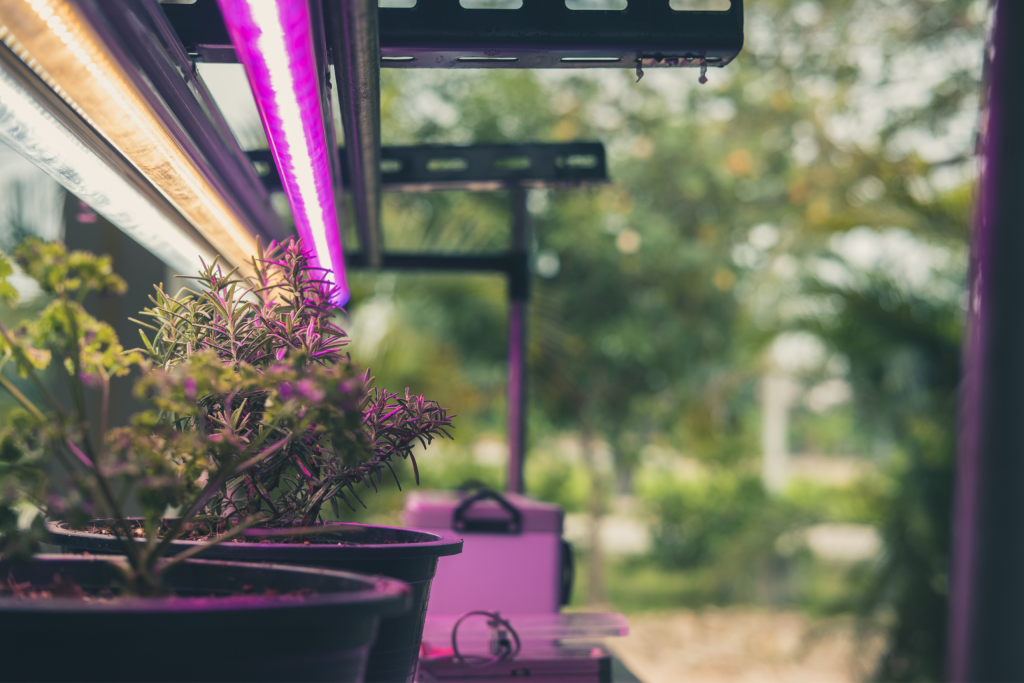
I’ve been experimenting with using LED strips to grow plants for a few years now. I’ve found that it is possible to grow some plants using LED strips, but it’s not as easy as using a grow light that emits a full spectrum of light.
I’ve had the most success growing leafy greens, such as lettuce and spinach, using LED strips. I’ve also had some success growing herbs, such as basil and mint. However, I’ve had a lot of trouble growing fruiting plants, such as tomatoes and peppers, using LED strips.
If you’re interested in using LED strips to grow plants, I recommend choosing plants that are tolerant of low light levels. Leafy greens and herbs are good options, as are some flowering plants, such as African violets.
LED strips are a popular choice for lighting up homes and businesses, but can they also be used to grow plants? The answer is yes, but there are a few things you need to know before you get started.
How Do LED Strips Light Work?
LED strips are made up of a series of light-emitting diodes (LEDs) that are connected together in a long strip. Each LED emits light when electricity flows through it, and the color of the light is determined by the type of LED used.
LED strips are typically powered by a low-voltage power supply, and they can be controlled using a dimmer switch or a timer. This makes them a versatile lighting option for a variety of applications.
Can You Use LED Strips To Grow Plants?
Yes, LED strips can be used to grow plants. However, not all LED strips are created equal. Some LED strips are designed for general lighting purposes, while others are specifically designed for plant growth.
Plant growth lights emit a specific spectrum of light that is ideal for plant growth. This spectrum includes red and blue light, which are the two colors that plants need most for photosynthesis.
When choosing LED strips for plant growth, it is important to select a strip that emits the correct spectrum of light. You should also consider the intensity of the light, as too much light can damage plants.
How to Use LED Strips to Grow Plants
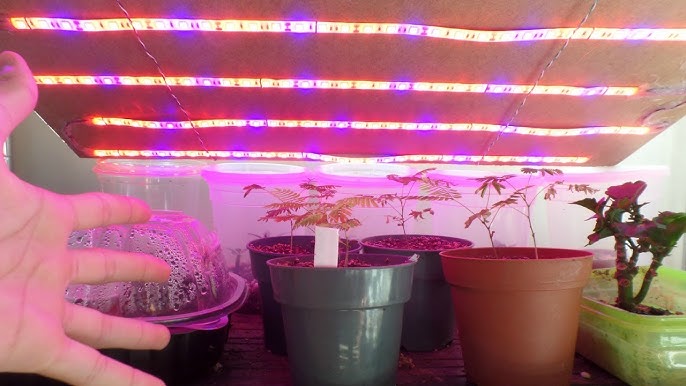
To use LED strips to grow plants, you will need the following:
- LED strips
- A low-voltage power supply
- A dimmer switch or timer
- A grow tent or greenhouse
- Plants
Once you have gathered your materials, you can begin setting up your grow space.
First, you will need to install the LED strips. You can do this by attaching them to the walls of your grow tent or greenhouse. Make sure that the strips are positioned so that they provide adequate light to all of your plants.
Next, you will need to connect the LED strips to the power supply. The power supply should be located outside of the grow space, and it should be connected to a GFCI outlet.
If you are using a dimmer switch or timer, you can connect it to the power supply now. This will allow you to control the intensity of the light and the amount of time that it is on.
Finally, you can plant your seeds or seedlings in the grow tent or greenhouse. Make sure that you provide your plants with the proper nutrients and water.
Benefits of Using LED Strips to Grow Plants
There are a number of benefits to using LED strips to grow plants, including:
- Energy efficiency: LED strips are very energy efficient, which can save you money on your electric bill.
- Durability: LED strips are very durable, and they can last for many years.
- Controllability: LED strips are very easy to control, and you can adjust the intensity of the light and the amount of time that it is on.
- Flexibility: LED strips are very flexible, and you can easily install them in a variety of grow spaces.
FAQs
Below you can find the most frequently asked questions about using LED strips to grow plants indoor:
Can You Use LED Strips To Grow Plants?
Yes, you can use LED strips to grow plants. LED strips are a great option for growing plants indoors because they are energy-efficient and produce a high-quality light spectrum that is ideal for plant growth. However, there are a few things you need to keep in mind when using LED strips to grow plants.
What Are the Benefits of Using LED Strips to Grow Plants?
There are a number of benefits to using LED strips to grow plants, including:
- Energy efficiency: LED strips are very energy-efficient, which can save you money on your electric bill.
- High-quality light spectrum: LED strips produce a high-quality light spectrum that is ideal for plant growth.
- Flexibility: LED strips can be easily customized to fit any grow space.
- Durability: LED strips are durable and long-lasting, making them a good investment for your grow operation.
What Are the Drawbacks of Using LED Strips to Grow Plants?
There are a few drawbacks to using LED strips to grow plants, including:
- Cost: LED strips can be more expensive than other types of grow lights.
- Heat: LED strips can generate heat, which can be a problem for some plants.
- Dimming: Some LED strips cannot be dimmed, which can be a problem for some plants.
How Do You Use LED Strips to Grow Plants?
To use LED strips to grow plants, you will need:
- LED strips
- A power supply
- A grow tent or other grow space
- A timer
Once you have gathered your materials, you can follow these steps to set up your LED grow lights:
- Install the LED strips: You can install the LED strips on a grow tent or other grow space. If you are using a grow tent, you will need to attach the LED strips to the inside of the tent.
- Connect the LED strips to the power supply: The LED strips will need to be connected to a power supply. The power supply will need to be plugged into an outlet.
- Set the timer: You will need to set a timer for the LED strips. The timer will turn the LED strips on and off at specific times.
Once you have set up your LED grow lights, you can start growing your plants.
What Plants Can You Grow With LED Strips?
You can grow a variety of plants with LED strips, including:
- Vegetables
- Fruits
- Herbs
- Flowers
- Cacti and succulents
The type of plants you can grow with LED strips will depend on the size of your grow space and the light intensity of your LED strips.
Conclusion
In conclusion, LED strips represent a viable and efficient alternative for growing plants indoors, offering significant benefits over traditional grow lights. Their primary advantage lies in their energy efficiency and the ability to emit specific light spectrums, which can be tailored to the needs of different plant species. Red and blue wavelengths, in particular, are most beneficial for plant growth, promoting photosynthesis, flowering, and fruiting. LED strips are also highly adaptable and can be installed in various configurations to optimize light exposure, even in limited or irregular spaces. This flexibility makes them an excellent choice for urban gardeners or those looking to maximize their indoor growing areas without investing in bulky, expensive lighting systems.
Moreover, the use of LED strips in plant cultivation not only supports a more sustainable gardening practice by reducing energy consumption but also enhances the growth and health of plants by providing consistent and adequate light coverage. For those interested in optimizing their indoor gardening setups, integrating LED strips with automated controls such as timers and dimmers can further improve efficiency and ensure that plants receive the perfect amount of light for optimal growth, regardless of natural light conditions. This level of control can significantly contribute to the success of growing plants indoors, making LED strips an attractive option for both novice gardeners and experienced horticulturists alike. As LED technology continues to evolve, it is likely to become an even more integral part of indoor gardening, helping to foster a new era of green innovation.
Additional Resources
[How to Choose the Right LED Grow Light for Your Plants](https://www.growweedeasy.com/led-grow-lights)

